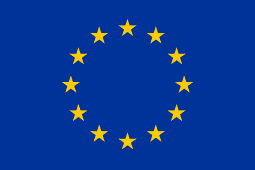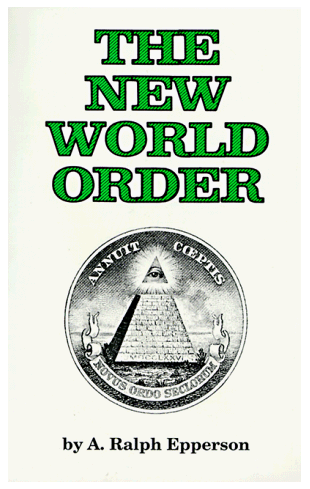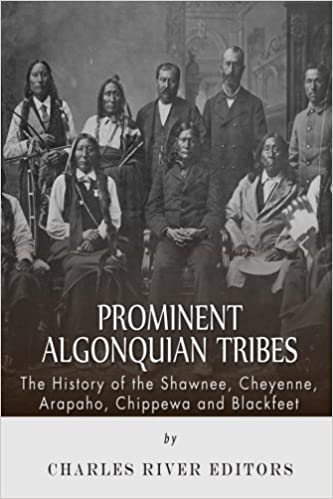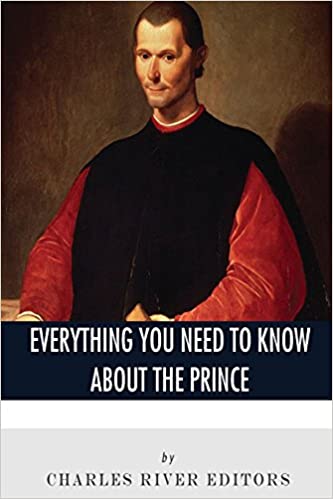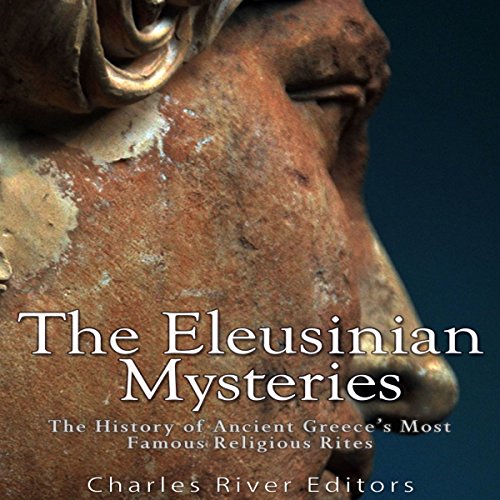The FBI and J. Edgar Hoover: The History and Legacy of the Federal Bureau of Investigation Under Its First Director
ISBN: 9781676367178
*Includes pictures
*Includes a bibliography for further reading
"We are a fact-gathering organization only. We don’t clear anybody. We don’t condemn anybody.” – J. Edgar Hoover
No single figure in 20th century American history inspires such opposing opinions as J. Edgar Hoover, the iconic first Director of the Federal Bureau of Investigation. In his time, he was arguably the most powerful non-elected figure in the federal government. Serving under eight presidents (and outliving two of them), he remains the longest-serving head of a major government office, and Hoover died as he began: a civil servant, having been appointed by the Attorney General and serving at the pleasure of the president. That said, no civil servant had ever accrued to themselves the power and public attention that Hoover did.
To many Americans in the 1930s, ‘40s, and ‘50s, Hoover was a real American hero. In a country suffering from the Great Depression and the crime wave of the early 1930s, Hoover was the symbol of law and order as his “G-Men” used the newest in scientific crime solving methods to bring gangsters like John Dillinger, Pretty Boy Floyd, and Baby Face Nelson to justice. In the 1940s, he protected a country at war from German and Japanese spies and saboteurs. In the 1950s, he led the charge against Soviet spies and domestic communists who he saw as undermining the institutions of the country. Every boy in the country wanted to be a G-Man, helping Mr. Hoover ferret out anyone who would harm the United States.
*Includes a bibliography for further reading
"We are a fact-gathering organization only. We don’t clear anybody. We don’t condemn anybody.” – J. Edgar Hoover
No single figure in 20th century American history inspires such opposing opinions as J. Edgar Hoover, the iconic first Director of the Federal Bureau of Investigation. In his time, he was arguably the most powerful non-elected figure in the federal government. Serving under eight presidents (and outliving two of them), he remains the longest-serving head of a major government office, and Hoover died as he began: a civil servant, having been appointed by the Attorney General and serving at the pleasure of the president. That said, no civil servant had ever accrued to themselves the power and public attention that Hoover did.
To many Americans in the 1930s, ‘40s, and ‘50s, Hoover was a real American hero. In a country suffering from the Great Depression and the crime wave of the early 1930s, Hoover was the symbol of law and order as his “G-Men” used the newest in scientific crime solving methods to bring gangsters like John Dillinger, Pretty Boy Floyd, and Baby Face Nelson to justice. In the 1940s, he protected a country at war from German and Japanese spies and saboteurs. In the 1950s, he led the charge against Soviet spies and domestic communists who he saw as undermining the institutions of the country. Every boy in the country wanted to be a G-Man, helping Mr. Hoover ferret out anyone who would harm the United States.


